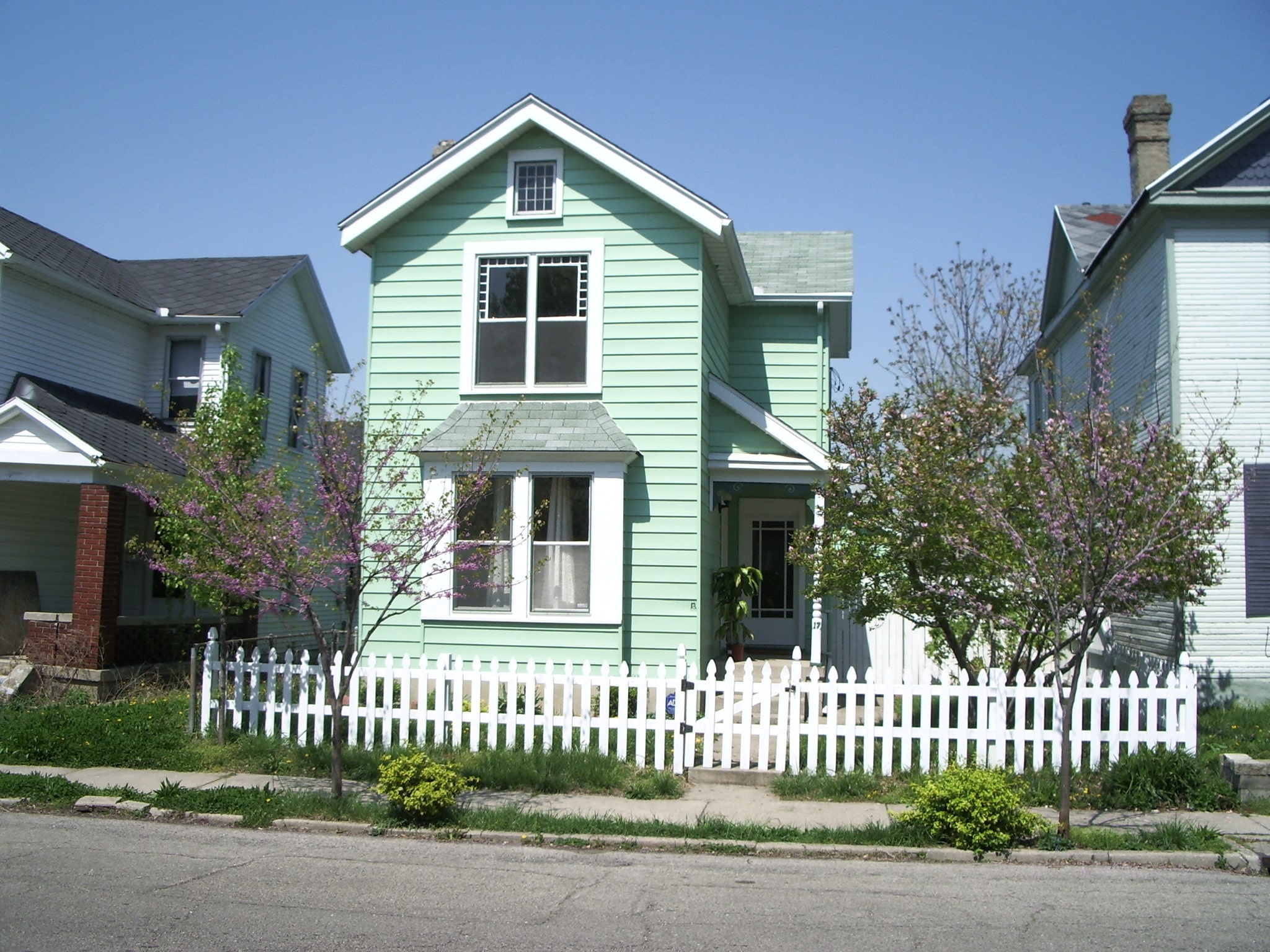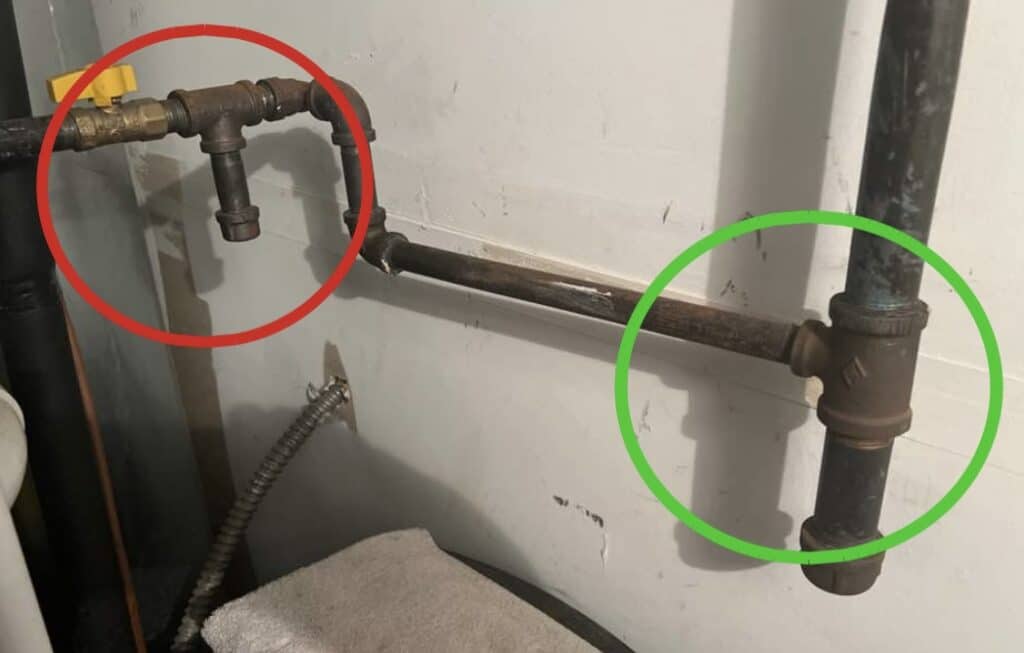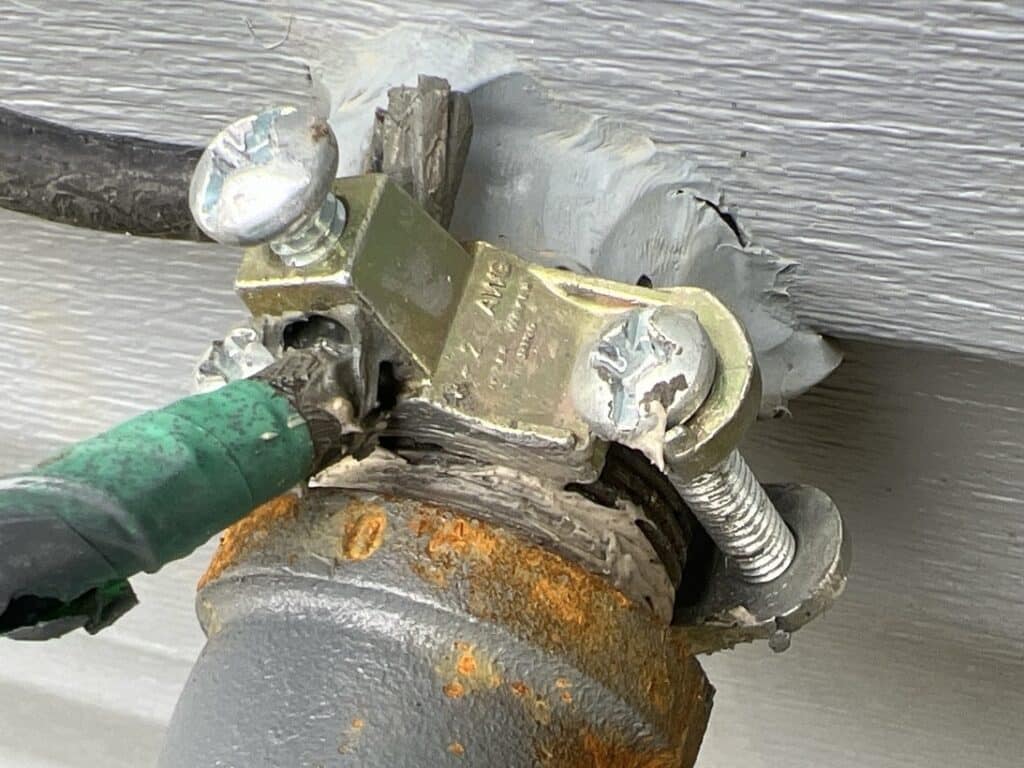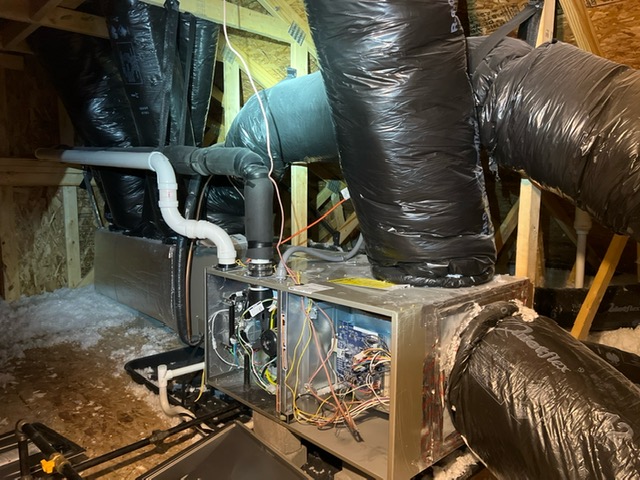
How do homes age? When a home is 100 years old or even 200 years old, home inspectors must apply a different set of standards to evaluate the house.
For example, building codes were not in effect 100 years ago and the quality of construction was often left up to the integrity and expertise of the builder.
Also, the type of construction and the materials used were different from today’s standardized supplies. For example, in “antique” homes, builders employed a method primarily referred to as “post and beam”, “timber framing” or “log” framing method. This brings to mind the rustic frames whereby a large cross-sectional dimension spans long distances and provides support at each end, with no vertical support between the two ends.
Often, the trees on the property were used to build these frames, presenting another challenge to the modern day home inspector: they were hand-hewed, shaped and cut to the appropriate length. It also presented a possible entry way for beetles and other wood destroying bugs whose natural habitat were those trees.
And yet, despite all these challenges, we still love an antique home. Why is that? Well, the frames still hold up today (think barns) however the tools and materials used today are much more precise. If you are lucky enough to live in an antique home in good shape, you are very lucky indeed. These homes are cozy and filled with a comfortable “glow” often lacking from newly built homes. If you live in an antique home that is in bad shape or has not been properly maintained, beware! Those homes can be expensive to repair, even if they’re comfortable to live in.
Evie W.
Guest Writer







Leave a Reply